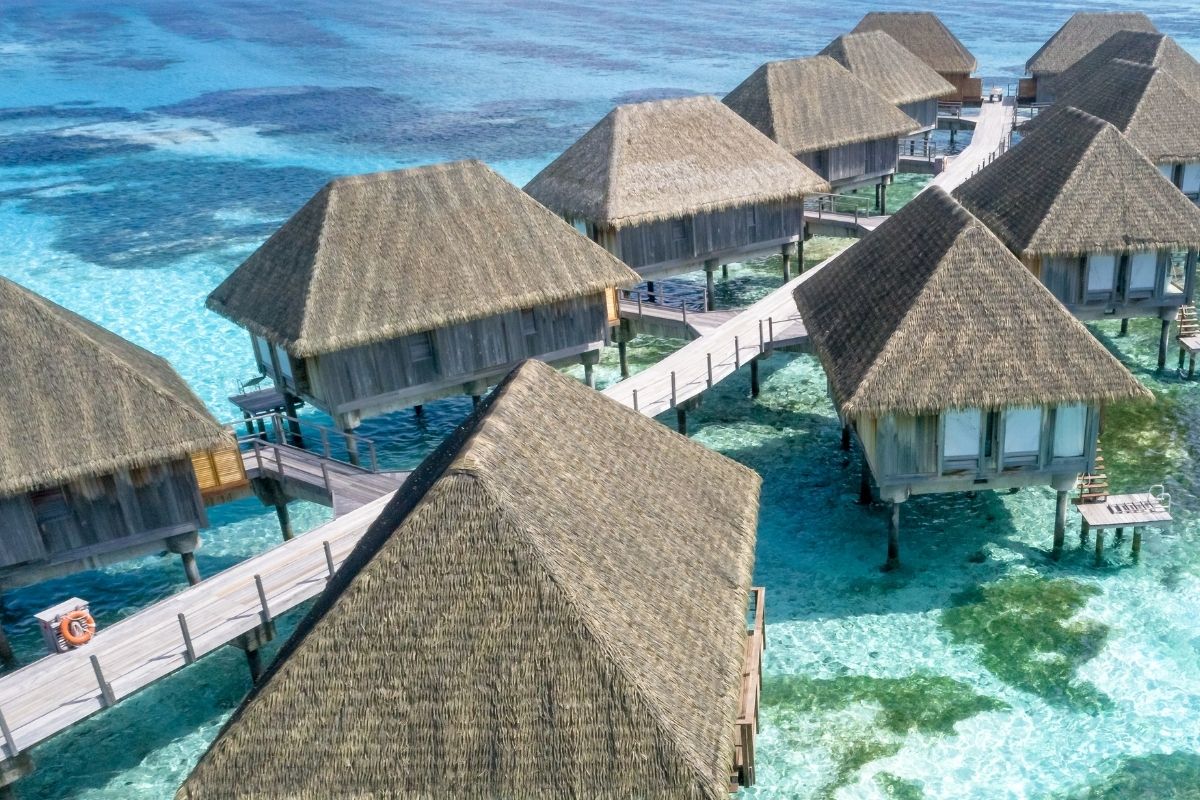Destination Marketing and Placemaking: Hotels And How They Market
The hotel company Marriott is a global leader with 29 brands, 6,800 locations in 150 countries, and various lifestyle brands. They also have an element, which is an extended stay. They have Aloft, a sort of an innovator in this space for Gen X and millennials. Then they have Moxy, which is probably targeting Generation Z, which will be a customer group in the future. So those are the brands. And then they also have AC Hotel, which is a company they bought. It’s a European Spanish company. And that profile, sort of a Spanish lifestyle with tapas and other Spanish cuisines in New York City.
How Does the Consumer Differentiate These Brands?
And having 29 brands, it’s a challenge because of consumer demand- the same consumer might be a business traveler during the week and leave a traveler during the weekend. The brands need to position themselves very clearly in the marketplace. The challenge is that the same customer can use the brand for different purposes.
Luxury
Within Mariott’s luxury category, there are two subsets. St. Regis and Ritz Carlton fall in the classic luxury subset. They also have distinctive luxury, which is the joint venture between Bill Marriott and Ian Schrager.
Ian Schrager is an innovator in the 1980s after Bill Clinton. Bill Clinton created the first boutique hotel in San Francisco with the theme. And then Ian Schrager and his partner, Steve Rubell, who founded Studio 54, got stuck with the hotel. That’s how that segment started to evolve. Ian talks about host boutique hotels, which are also called lifestyle hotels. So what makes them different? The consumer who considers a lifestyle brand has a solid affinity for it because it is part of their lifestyle.
Lifestyle Brands
Lifestyle brands emulate the customer’s life versus traditional brands that offer a standard fare. A customer seeking a New York City experience may choose two hotels, where they’ll stay for, say, seven days. The hotels they pick will be ones that really cater to their needs and desires.
